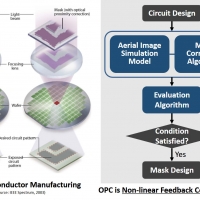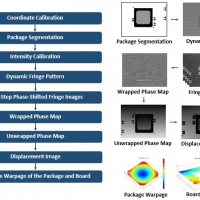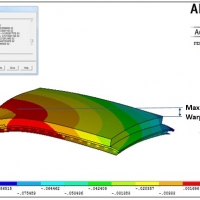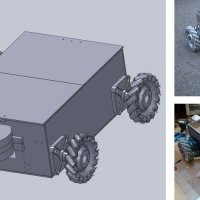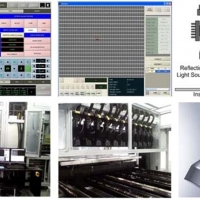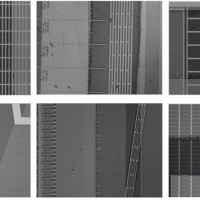Low defect detectability and complex calibration hampered Samsung’s existing optical inspection and repair systems used for the automation and quality control of their LCD manufacturing process. To solve this problem, Dr. Kang developed an automatic optical inspection (AOI), including its core techniques and software, which inspects for defects on 2500 mm by 2200 mm LCD panel with 15 µm resolution and 99% detectability and within 60 seconds, and automatically repair disconnected or narrow sealants dispensed on the panel. Because of the high accuracy, speed, and robustness of my AOI system, Samsung bought it at a cost of approximately $1 million per system over several competitors. As the project manager for three years, his leadership allowed his team of three graduate students and three engineers to develop this innovative and high performance AOI system.
Completed Research Topics:
- Robust and fast image processing algorithm for LCD defect detection
- In-process coordinate calibration method between the moving stage, twelve line-scan cameras, and LCD panel.
- Telecentric objective lens and LED light source for line-scan cameras to obtain high-qulity LCD panel image
- Communication method between the twelve line-scan cameras
- Image buffering method for very fast real-time image processing
- Transmitter to produce high-frequency signal to synchronize high-speed motion and camera scanning.
- Control and image processing programs using C++
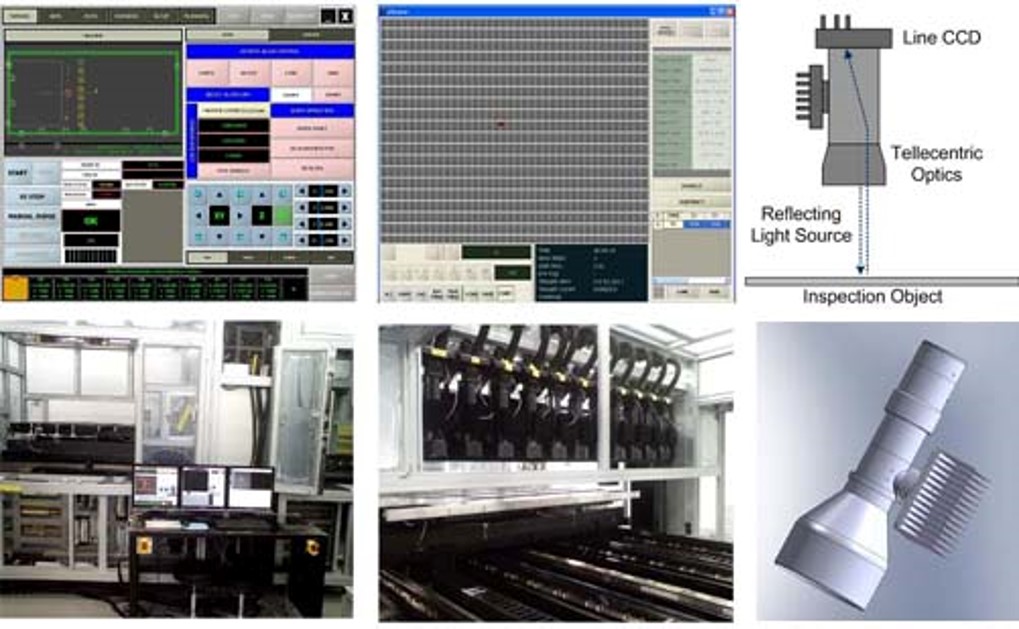
The Automatic Optical Inspection System
Before developing the AOI system sold to Samsung, Dr. Kang performed several research topics for LCD defect inspection. For example, he intially devloped a desktop type machine vision system with area camera to capture and detect LCD defects. Then, he devloped another AOI system that consists of air floating bed, inclined line scan cameras, and hallogen and metal-halide light source.
Completed Research Topics:
- Reflected and tranmitted halogen lighting for scanning LCD panels
- Air floating bed for transffering large LCD panels
- Pattern elimination algorithm using 1D FFT
- Fast geometric analysis algorithm to identify detected defects
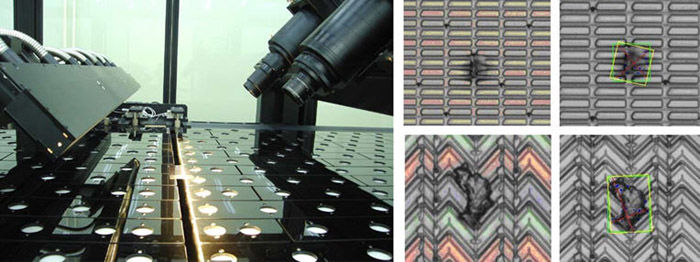
The Automatic Optical Inspection System with Air Floating Bed and Inclined Cameras

